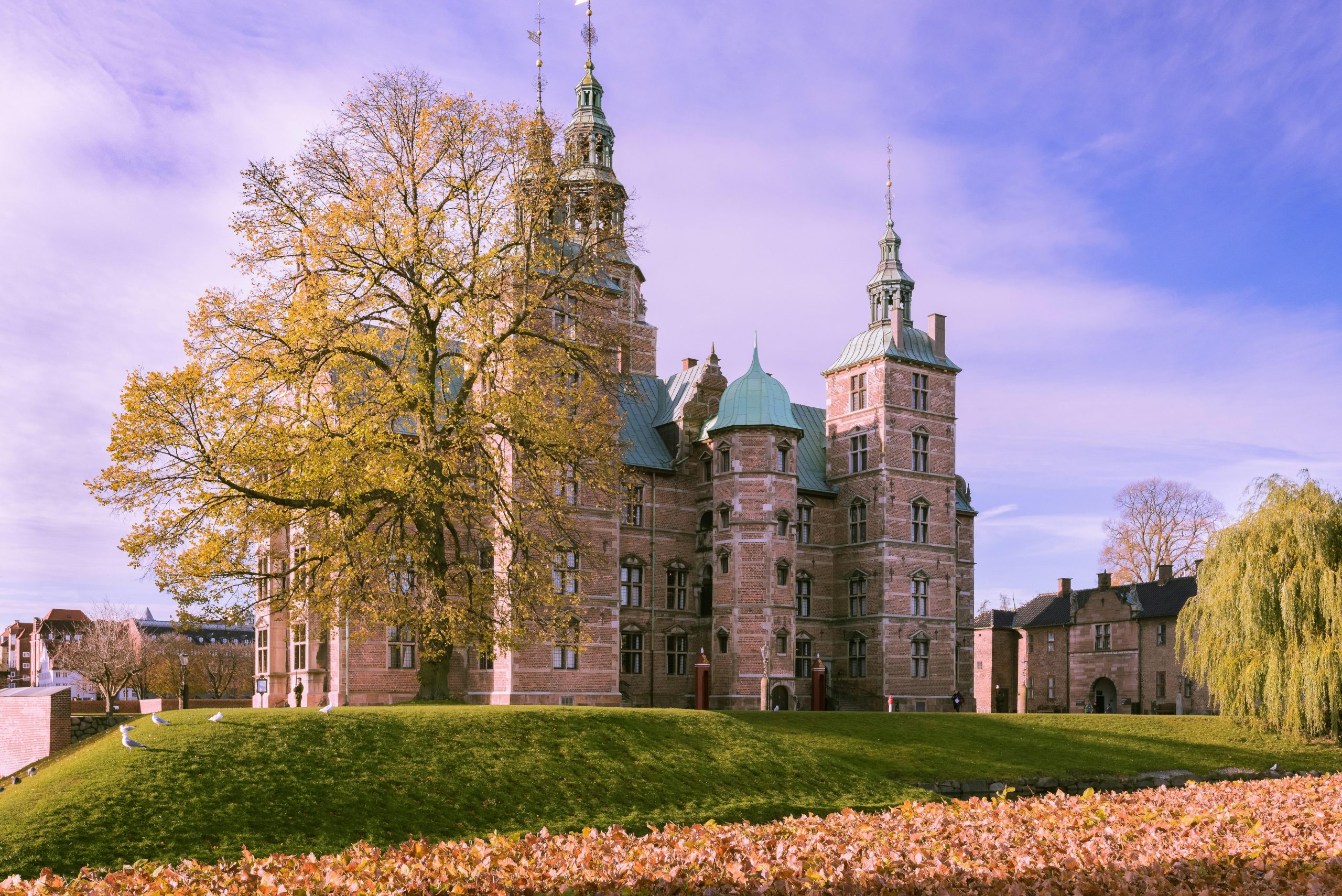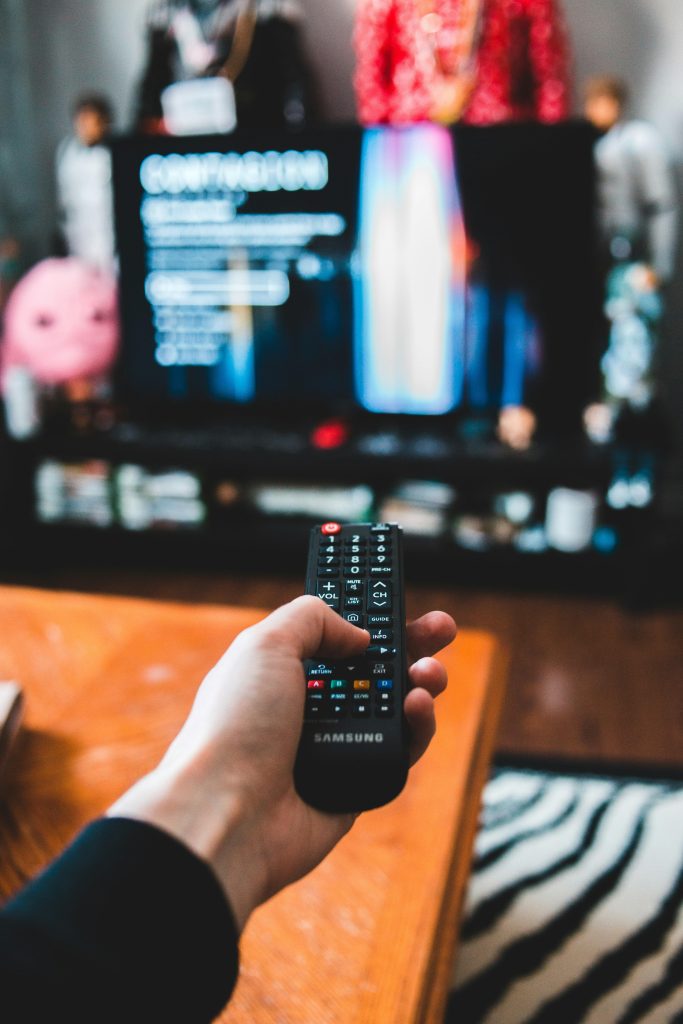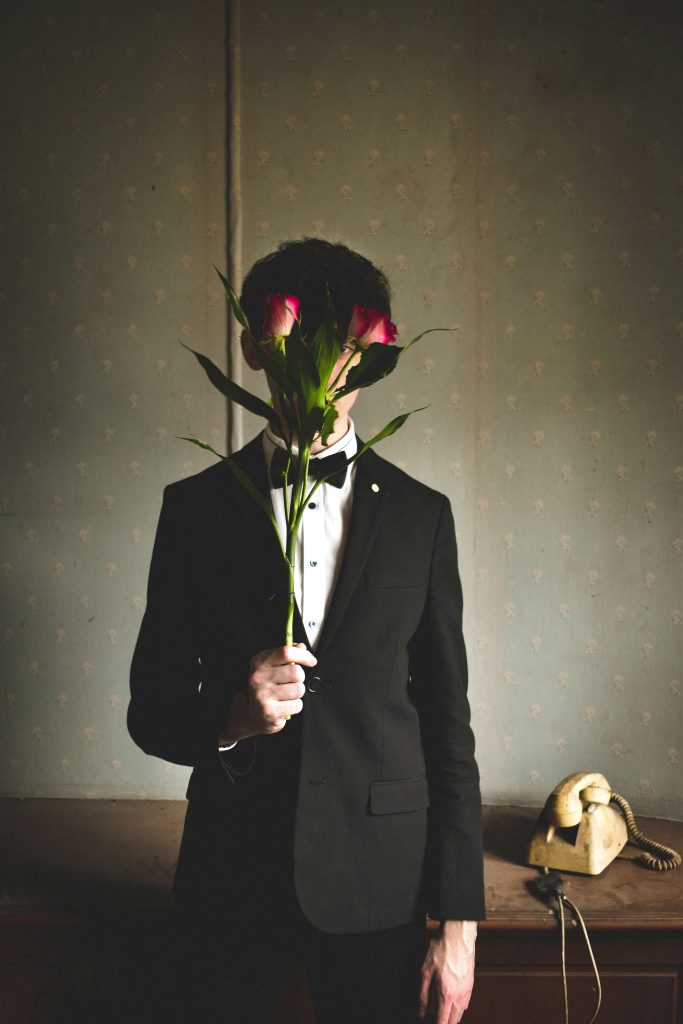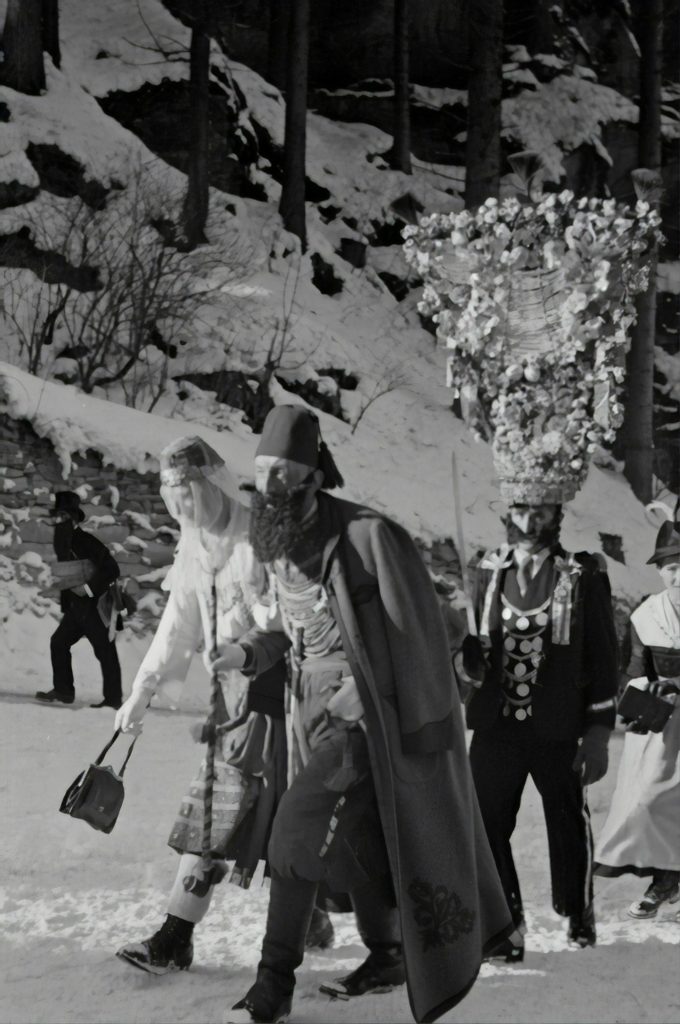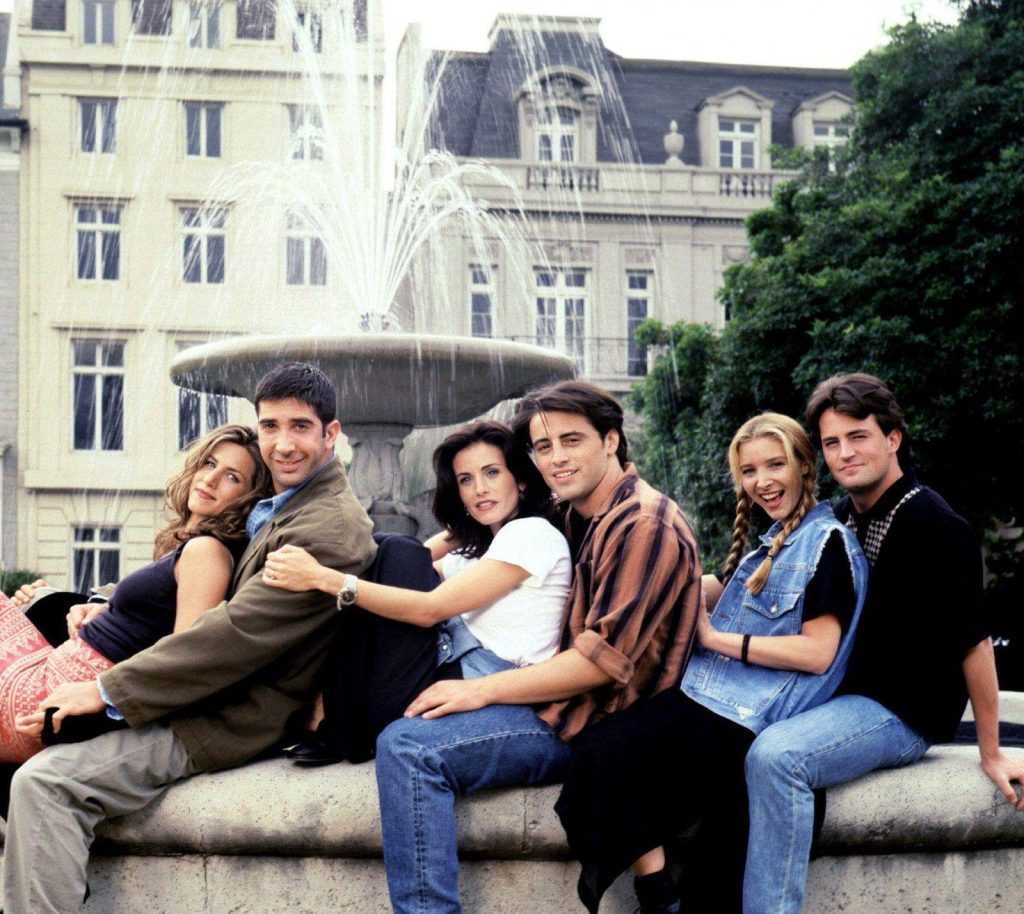In the realm of televised storytelling, few series have captured the global imagination quite like “The Crown.” With its lavish production, stellar performances, and intricate narratives, the show has become a cultural phenomenon, offering viewers a window into the enigmatic world of the British monarchy. But as the curtains rise on each new season, a question lingers in the minds of historians and casual fans alike: Does “The Crown” faithfully mirror the historical events it so vividly dramatizes? In this exploration, we delve into the intricate dance between fact and fiction, where creative liberties meet historical records, to uncover the truth behind the spectacle. Join us as we journey through the annals of time, examining the delicate balance of storytelling and historical accuracy that defines this acclaimed series.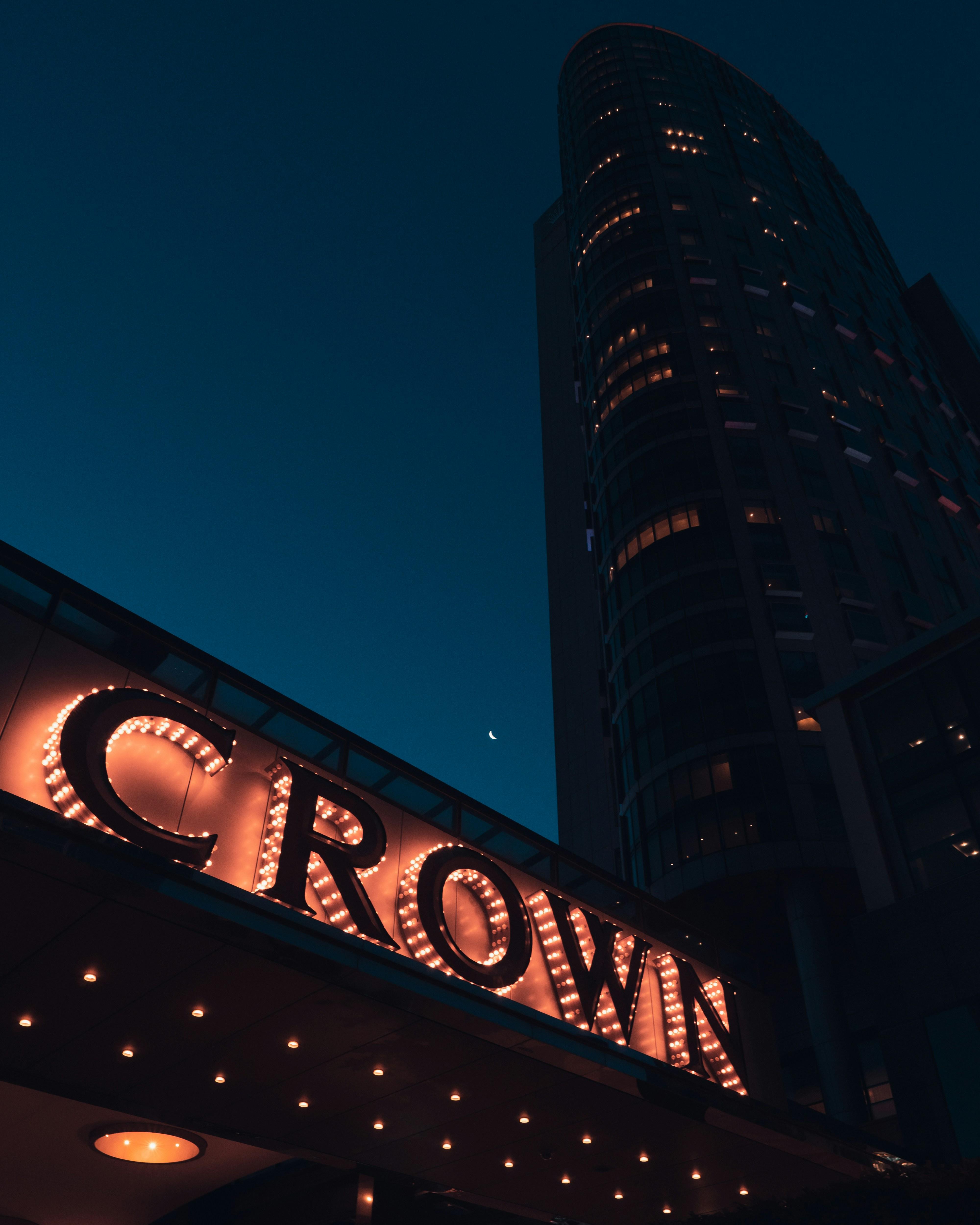
Exploring The Crowns Historical Fidelity: Fact vs. Fiction
While Netflix‘s The Crown has captivated audiences with its lavish portrayal of the British monarchy, its commitment to historical accuracy has been a topic of debate. The series skillfully blends historical events with dramatic embellishments, often leaving viewers questioning what is real and what is fictionalized for entertainment. Here are some key areas where the series has taken creative liberties:
- Royal Relationships: The dynamics within the royal family are often dramatized to heighten emotional impact. While the essence of relationships may be captured, specific dialogues and personal interactions are frequently speculative.
- Political Events: Significant political moments are depicted with a focus on drama rather than precision. Meetings between the Queen and her Prime Ministers, for example, often serve as narrative devices rather than factual recounts.
- Character Portrayals: The series takes creative license in the portrayal of certain figures, sometimes amplifying traits or conflicts to enhance storytelling.
Despite these embellishments, The Crown remains a fascinating exploration of modern history, encouraging viewers to delve deeper into the actual events that have shaped the British monarchy.
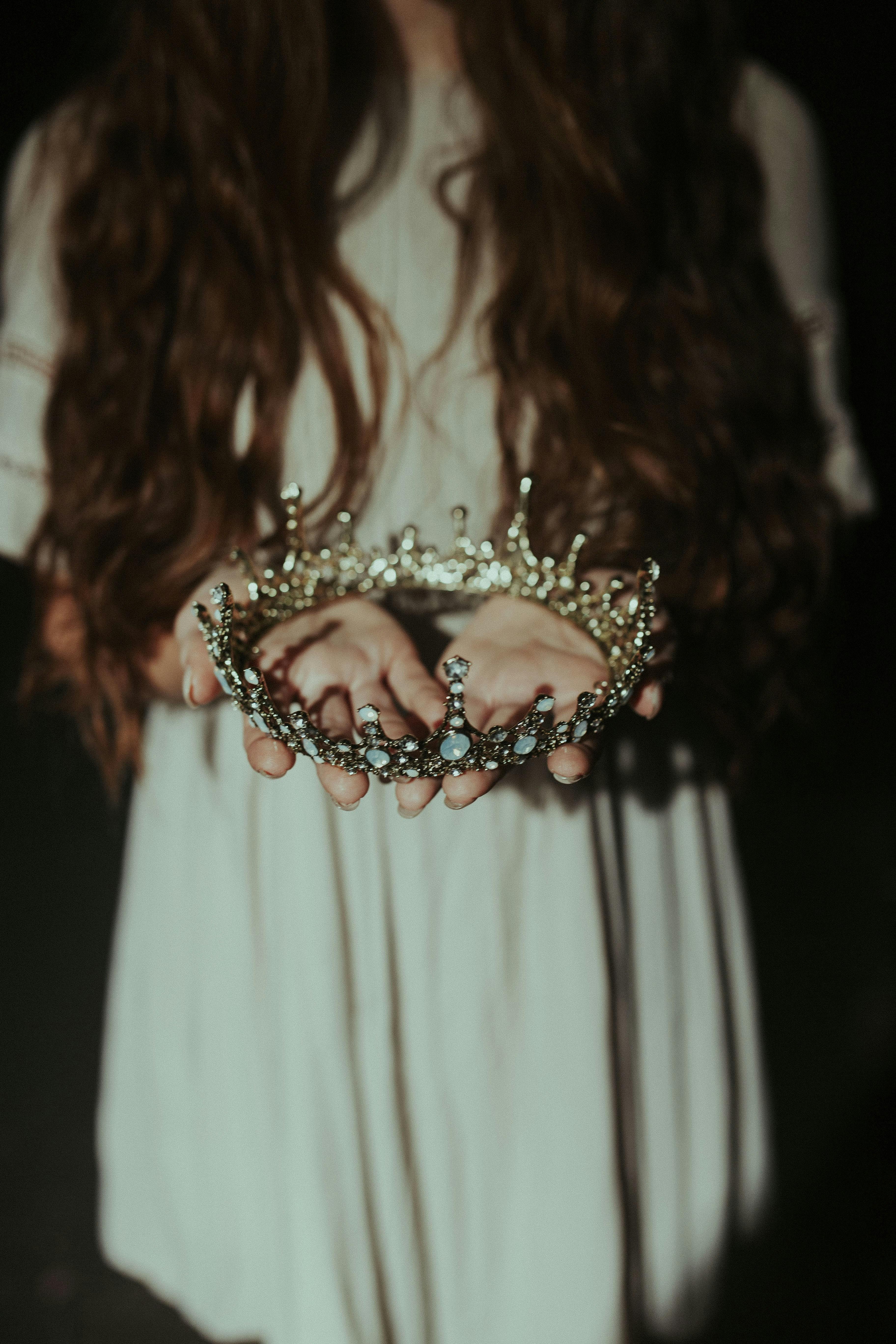
Behind the Scenes: How The Crown Crafts Its Royal Narrative
The process of crafting the royal narrative for The Crown is a meticulous blend of historical research and creative storytelling. The show’s creators collaborate with a team of historians and royal experts to delve into the rich tapestry of British monarchy. They aim to balance historical accuracy with dramatic flair, ensuring the series remains both educational and engaging. However, certain events and conversations are often dramatized or fictionalized to enhance the narrative’s emotional depth and audience appeal.
The production team adheres to a few key principles to shape the narrative:
- Research-Driven Storylines: Every season begins with extensive research to gather facts and anecdotes about the period being portrayed.
- Character Development: While factual accuracy is crucial, the focus often shifts to developing characters in a way that resonates with viewers.
- Artistic License: Certain liberties are taken to fill in historical gaps or to depict private conversations, adding layers to the plot.
This approach allows the series to maintain its royal allure while inviting viewers to explore the complexities of the crown and its impact on both personal and national levels.
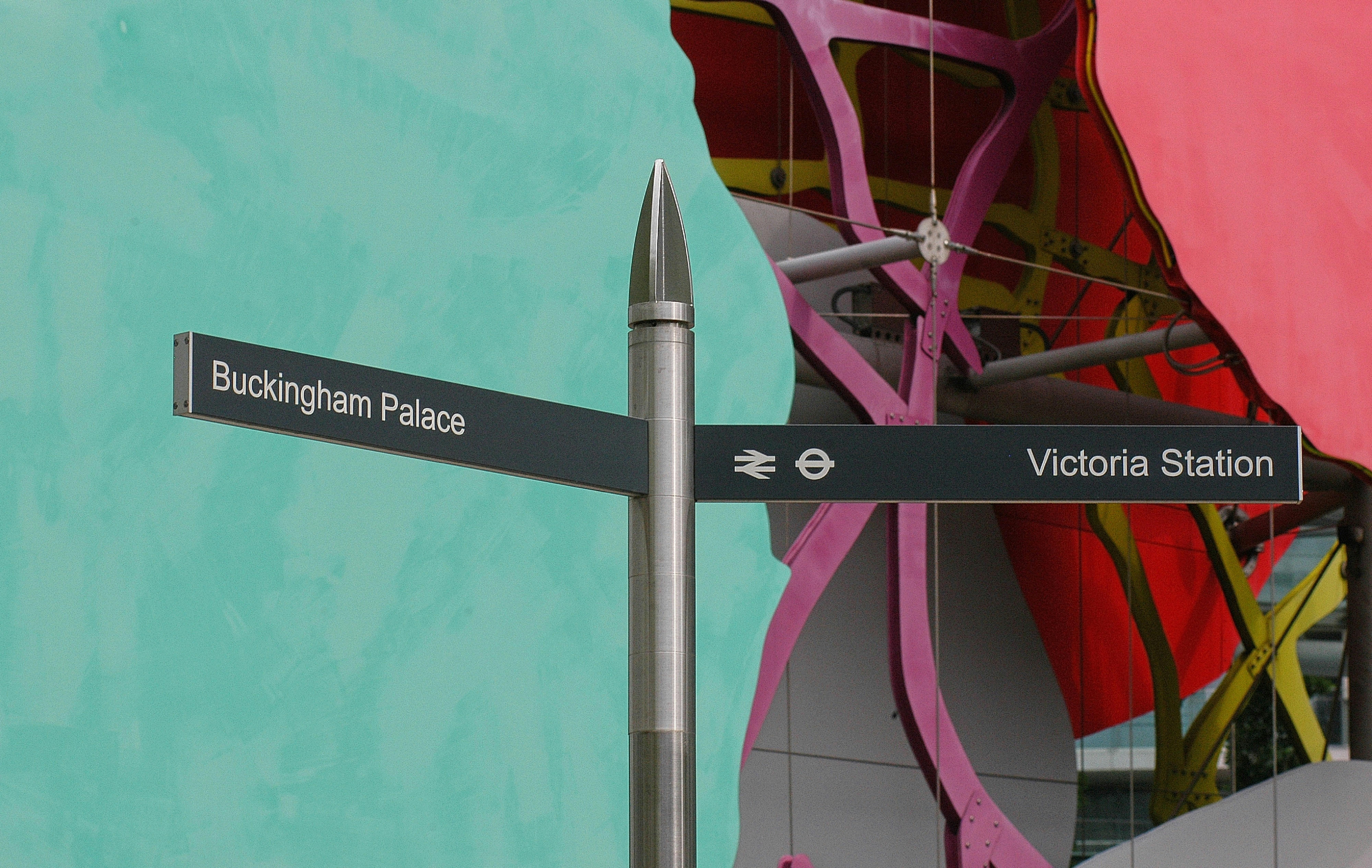
Spotlight on Key Events: Separating History from Drama
In the captivating world of “The Crown,” historical events are often intertwined with dramatic embellishments to create a narrative that both educates and entertains. While the series is rooted in real events, it frequently takes creative liberties to enhance storytelling. This approach raises the question of where historical fact ends and dramatization begins. For instance, the depiction of the Queen’s relationship with Prime Ministers is based on historical records, yet the personal conversations and emotional nuances are often speculative.
Key events that have sparked debate include:
- The Aberfan disaster and its portrayal of the Queen’s emotional response.
- The depiction of Prince Charles and Princess Diana’s tumultuous relationship.
- The nuanced portrayal of Margaret Thatcher’s tenure and her interactions with the monarchy.
By examining these events, viewers are invited to discern the balance between fact and fiction, appreciating the series as both a historical reflection and a dramatic narrative.
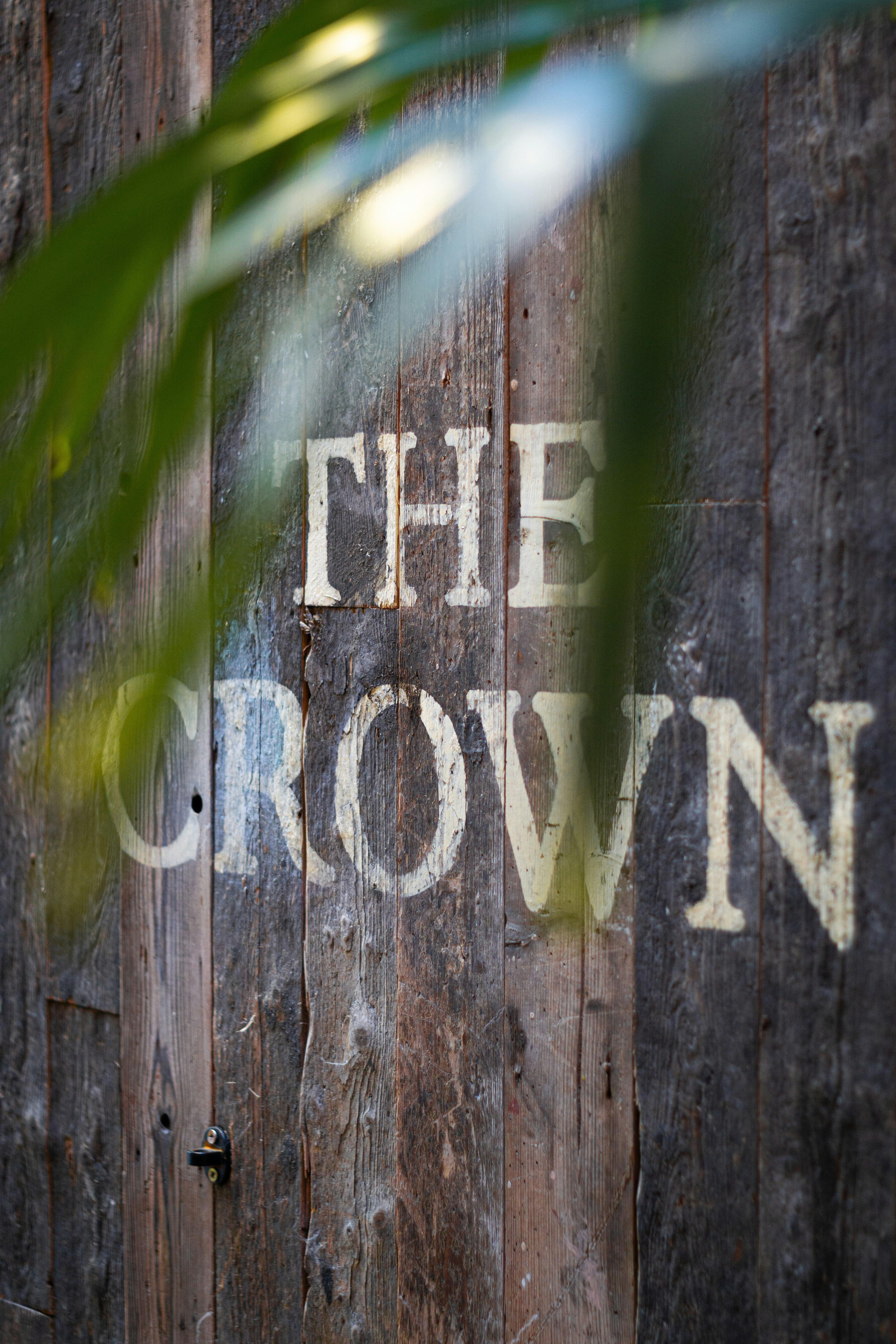
Expert Opinions: Evaluating The Crowns Historical Accuracy
In evaluating the historical accuracy of The Crown, experts offer a variety of insights. While the series is praised for its meticulous attention to detail in costume and set design, historical accuracy often takes a back seat to dramatic storytelling. Historians and royal commentators have pointed out several areas where the show diverges from real events. For instance, the portrayal of certain relationships and political decisions are sometimes dramatized to heighten emotional impact or to streamline complex narratives.
Key aspects scrutinized by experts include:
- The depiction of Queen Elizabeth II’s relationships with her prime ministers, which are sometimes simplified.
- Family dynamics within the royal household, which are often exaggerated for dramatic effect.
- Events such as the Suez Crisis or Princess Diana’s story, where timelines and details are occasionally altered.
Despite these deviations, many agree that the series captures the essence of the era it portrays, offering viewers a compelling, albeit dramatized, insight into the British monarchy.

